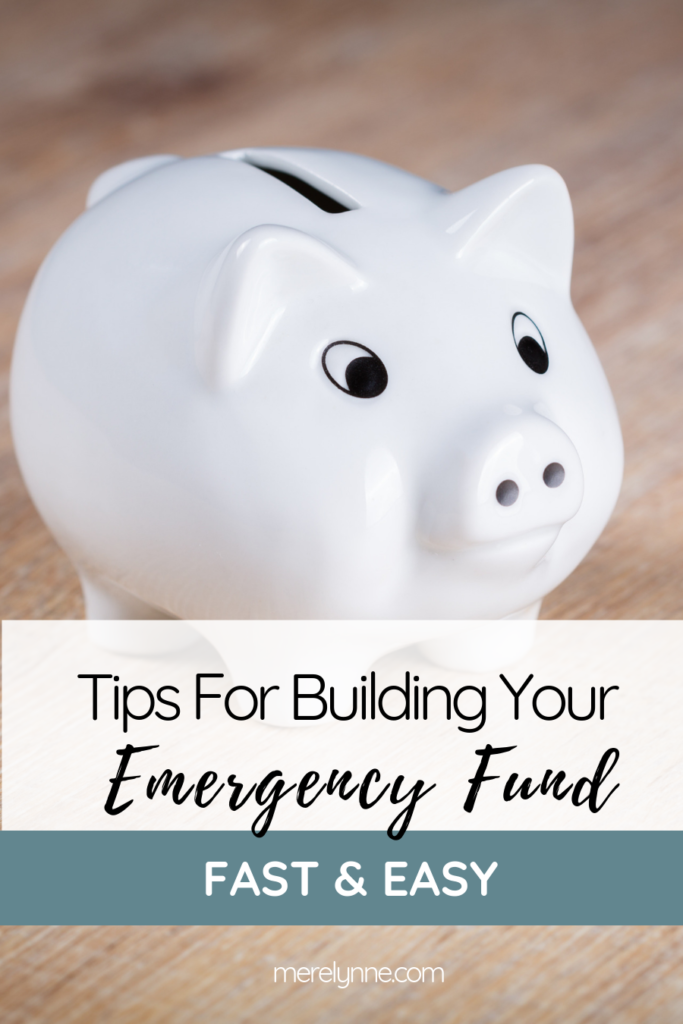
One of the biggest things I hate seeing with families who are finally ready to tackle their finances is getting side tracked by emergencies. That’s why I find having an emergency fund so invaluable when it comes to your financial foundation.
How Much Do You Need?
It’s recommended to start with $1,000 as a minimum in your emergency fund. Having at least $1,000 in a separate account earmarked for those unplanned emergencies is a great way to keep you on track. Think about it – what would happen right now, today if you walked into your house to find your washing machine had gone out? How would that mess you up?
Think about it…you would no longer be able to just start a load of clothes before dinner.
Which means you may have to haul everything to the local laundry mat or even to a family member’s house… then wait for your laundry to get done just to haul it back home.
You may have to hire a technician to make a house call to try to fix your washing machine.
If that doesn’t work then you will probably have to spend the money to invest in a new one.
Where would the money come from? Would you have to put it on a credit card? What about opening a new store credit card?
That’s a lot of stress, a lot of frustration and a lot of disruption.
Now think about having $1,000 sitting in an account untouched. Now something happens. You don’t have to think about the extra money or going into debt. It’s there ready to be used. Now instead of putting off getting a new machine, you can easily head to the store, pick one out and schedule delivery.
Should I Have More Than $1,000?
There a couple of different reasons you might want to have more than $1,000 in an emergency fund. First, you have a large family with a high deductible health insurance plan. I love having enough money in an account to cover half of our insurance deductible. So, when you have several children (more than 2) and have a high deductible plan then aim to have at least $1,000 plus your family’s deductible in a savings account.
The second reason is when you have your debt paid off. Once you have your debt paid in full (except your mortgage) start putting back extra into your emergency fund. The final goal would be to have 3-6 months of living expenses saved.
For more tips for building your emergency fund be sure to watch today’s video either online or down below:
Resources mentioned in this video:
How To Save $1,000 Fast and Easy
The Right Dining Out Budget For Your Family
Money Saving Tips: How We Save Over $14,000 Each Year
Want More Help?
![]()
Grab the free 6-Month Emergency Fund Savings Plan to help quickly build your emergency fund. This one-stop guide will cover the basics of why you need an emergency fund and simple, out-of-the-box ideas on finding the funds for your new account.
Latest posts by Meredith Rines, MBA, CFP® (see all)
- How To 10X Your Productivity With This Simple Tool // Using A Red Line Graph - June 24, 2020
- Mini DIY Office Makeover [Photowall Review] - June 17, 2020
- How To Track Your Projects and Profit With Subcontractors - June 11, 2020




